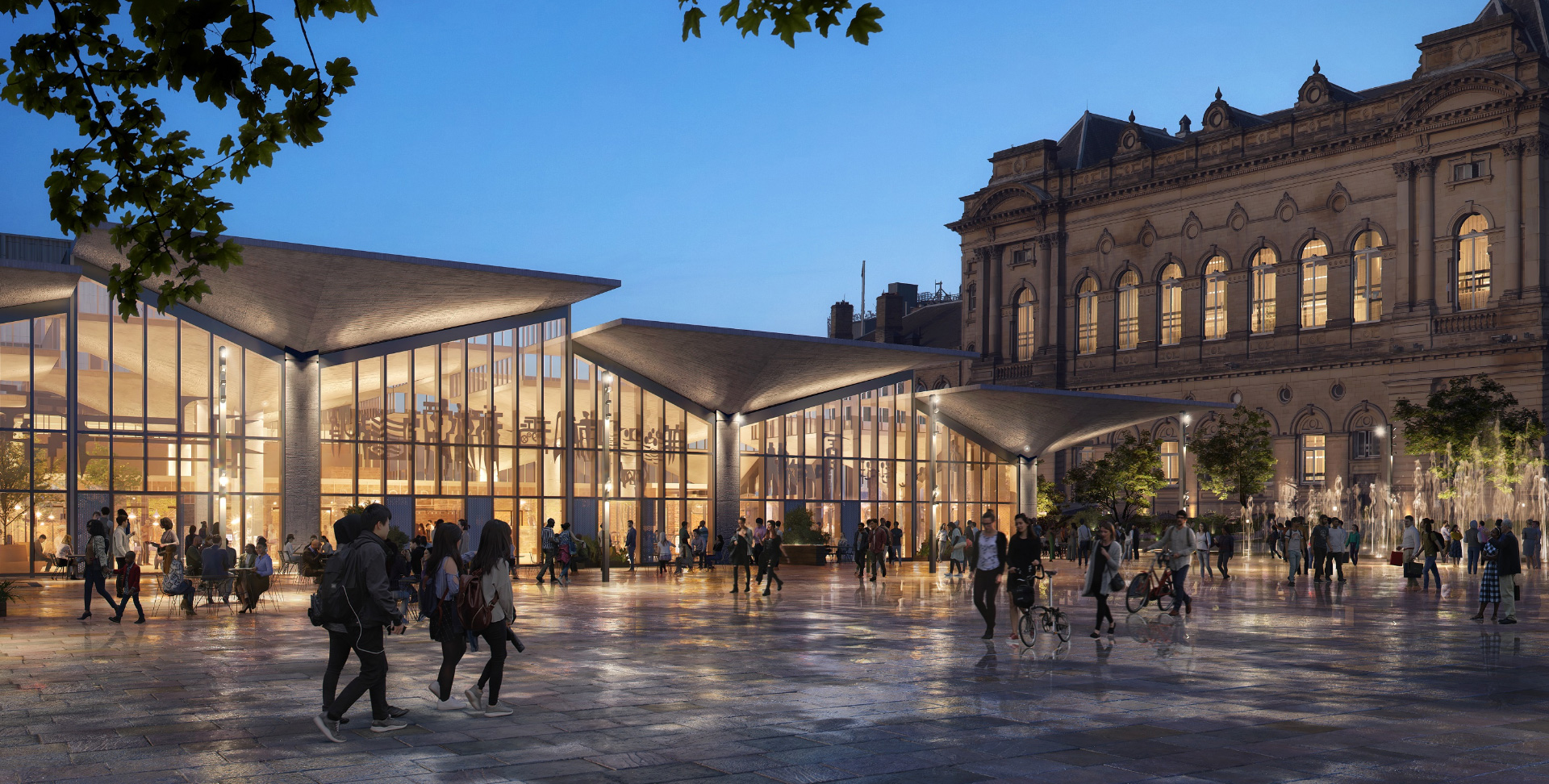Kyoto, often lauded as the cultural heart of Japan, offers a vibrant nocturnal tableau that invites both residents and travelers to indulge in its rich heritage and modern flair. The city’s after-dark offerings juxtapose tradition and progression, creating a tapestry of experiences that resonate deeply with visitors.
As dusk descends, the historical streets of Gion threaten to envelop you in a narrative steeped in geisha culture. The delicate sound of wooden clogs against cobblestone paths hints at the presence of these iconic artisans. A visit to Gion at night allows for a glimpse into a world where ancient customs persist amidst the encroachment of contemporary life. This area, teeming with traditional tea houses and whispers of the past, often leaves visitors entranced. It’s captivating to witness how the grace of the geisha art form endures through time, perpetuating cultural significance while adapting to modern sensibilities.
Transitioning from Gion, Pontocho Alley beckons with dimly lit lanterns that guide your path through narrow passageways. Here, the ambiance vibrates with energy, the air thick with the scent of fragrant yakitori grilling over charcoal. Each restaurant along this alley possesses its own unique charm, immersing patrons in an exquisite culinary experience. Visitors may savor the contrast of cutting-edge gastronomy intertwined with traditional flavors, making Pontocho a quintessential representation of Kyoto’s culinary renaissance.
Yet, the allure of Kyoto after dark extends beyond dining. As you stroll along the Kamo River, the gentle sound of flowing water harmonizes with the faint rustling of cherry blossom trees swaying in the evening breeze. The riverbanks transform into a social tapestry as locals and visitors gather, sharing laughter and stories under the glimmer of stars. Open-air spaces provide an idyllic setting conducive to reflection, fostering an appreciation for the natural beauty that pervades this historic city.
The juxtaposition of Kyoto’s vibrant nightlife with its serene natural landscapes is often the source of curiosity. Why does a city so steeped in tradition resonate with modern dynamism? Perhaps it reflects the harmonious philosophy that underpins Japanese culture—an appreciation for balance. On one side, temples and shrines radiate tranquility, while on the other, the buzz of nightlife reveals an enthusiasm for community and togetherness. This duality captures the essence of Kyoto, making exploration at night both a sensory delight and an intellectual engagement with the city’s historical narrative.
For those seeking engagement beyond food and ambiance, the Kyoto Station promises a wholly different experience. Although primarily a transportation hub, the station itself acts as a microcosm of modern Japanese architecture, showcasing a grand design that captivates architectural enthusiasts. After dark, the station’s illuminated façade presents a stunning spectacle and houses numerous shops, cafes, and art installations. This blend of function and artistry provides a glimpse into Japan’s relentless pursuit of innovation while honoring its past. Walking through the station, one cannot help but marvel at how the ethereal mingling of neon lights and traditional aesthetics encapsulates the vibrant spirit of Kyoto.
Art enthusiasts can satiate their curiosity at nighttime gallery openings or local exhibitions. These events often showcase contemporary Japanese artists, bridging the gap between the traditional arts of the city and modern artistic expressions. Engaging with local art not only enriches your understanding of Japan’s cultural pulse but also reflects a dialogue between history and the present, demonstrating how the old continues to inspire the new in a synchronistic dance.
Moreover, Kyoto’s enchanting temples, such as Kiyomizu-dera and Heian Shrine, often host nighttime illuminations, inviting visitors to witness these architectural marvels adorned in luminous beauty. Such events create an ethereal atmosphere where visitors become immersed in a narrative that merges spirituality and aesthetics. With the backdrop of starlit skies, the illuminated structures exude an almost otherworldly presence, prompting reflections on Buddhist teachings and the essence of existence.
However, the exploration of Kyoto at night is not solely about active engagement. Quiet contemplation finds its space in one of the many gardens that dot the city, effortlessly transforming into havens of solitude under moonlight. The tranquility of these gardens, such as the Nanzen-ji temple grounds, allows for introspection amidst nature’s serenity. It is a profound reminder of the importance of preservation—both of cultural heritage and serene landscapes—underscoring the collective responsibility to respect and cherish our environment.
Furthermore, Kyoto’s nighttime festivals and seasonal events offer immersive experiences that celebrate local culture in a dynamic fashion. Participating in these events gives a sense of belonging, as visitors and locals alike partake in age-old traditions that enliven the night. The aspect of communal celebration reinforces an interconnectedness that is both refreshing and deeply rooted in human nature—a testament to the city’s commitment to fostering cultural continuity.
In summary, exploring Kyoto after dark reveals layers of enchantment that interweave the historical with the contemporary. The city’s nocturnal offering is a mosaic, rich with tradition, gastronomy, art, and community spirit. Each experience underscores the delicate balance of cultural preservation and innovation, echoing the sentiment of enduring beauty and resilience. Whether through the grace of a geisha, the riot of flavors in Pontocho, or the serene gardens embracing moonlight, Kyoto at night invites profound engagement, ensuring that the essence of this cultural heart continues to captivate and inspire.
